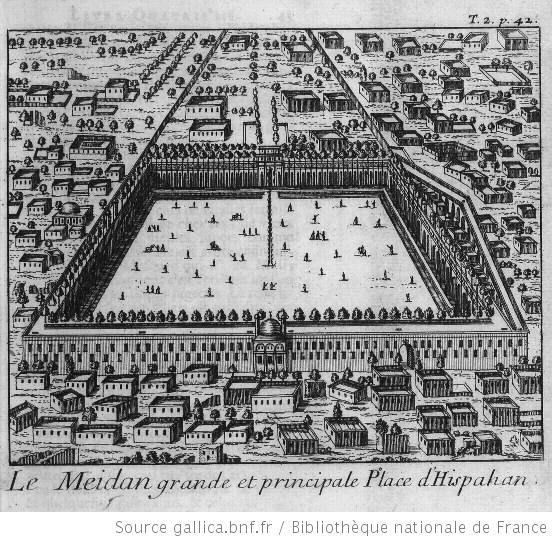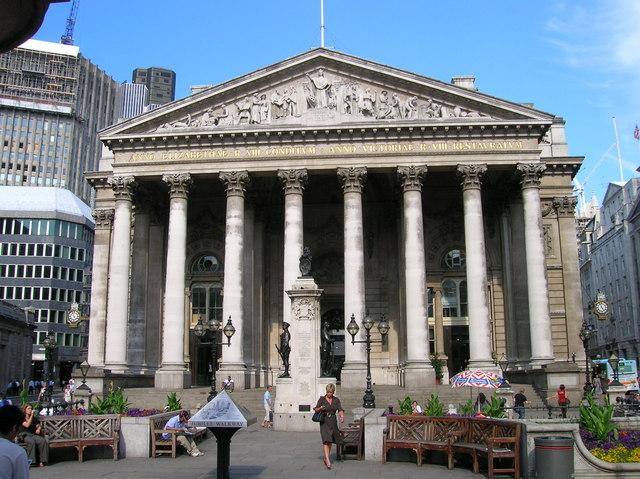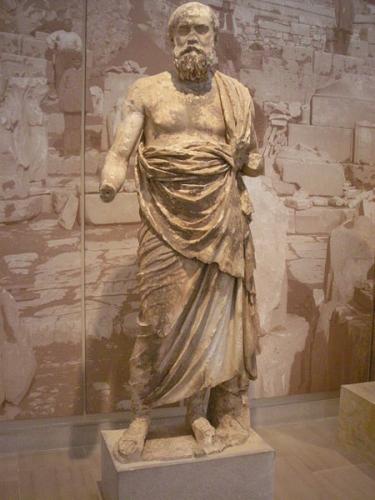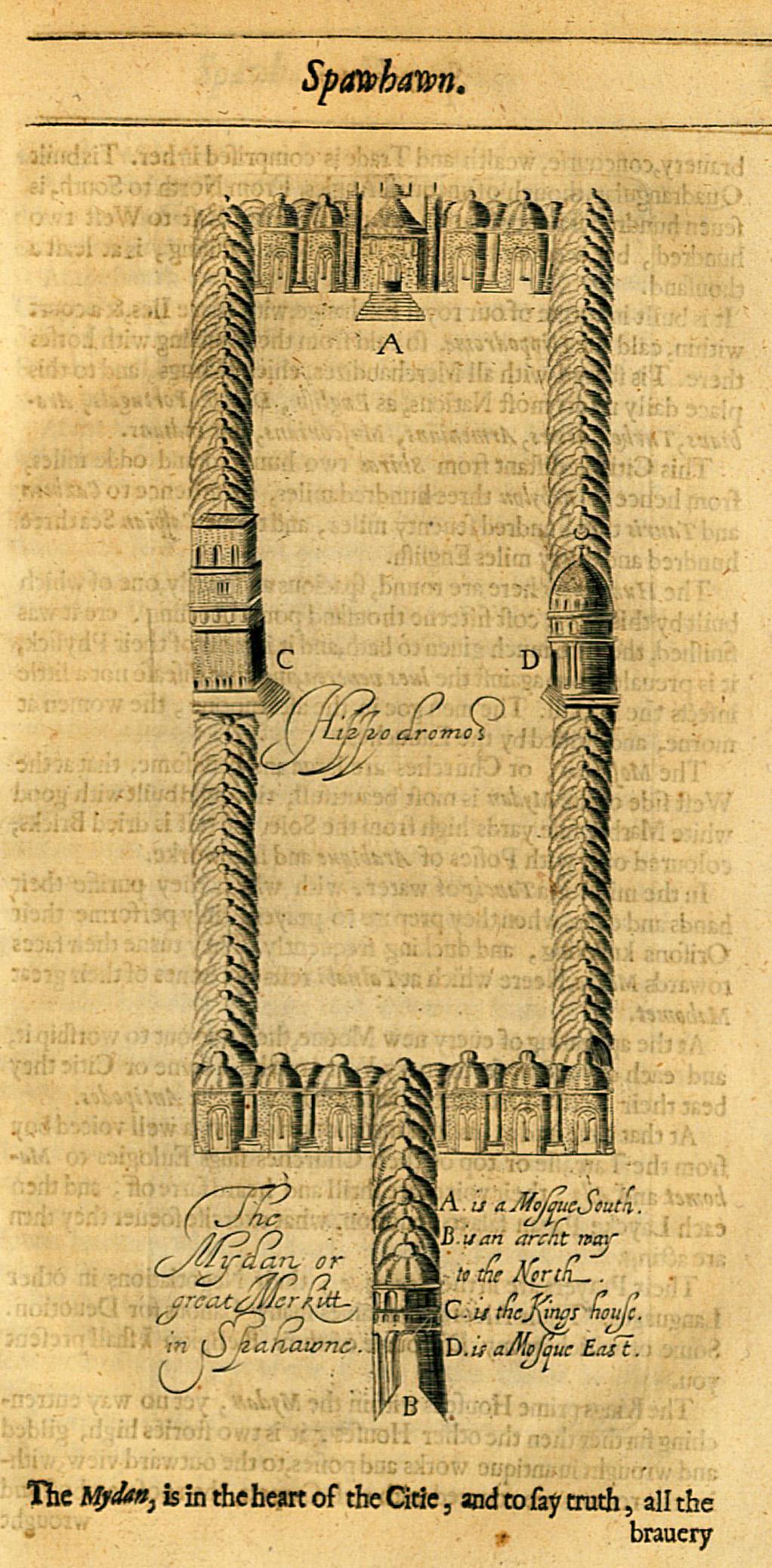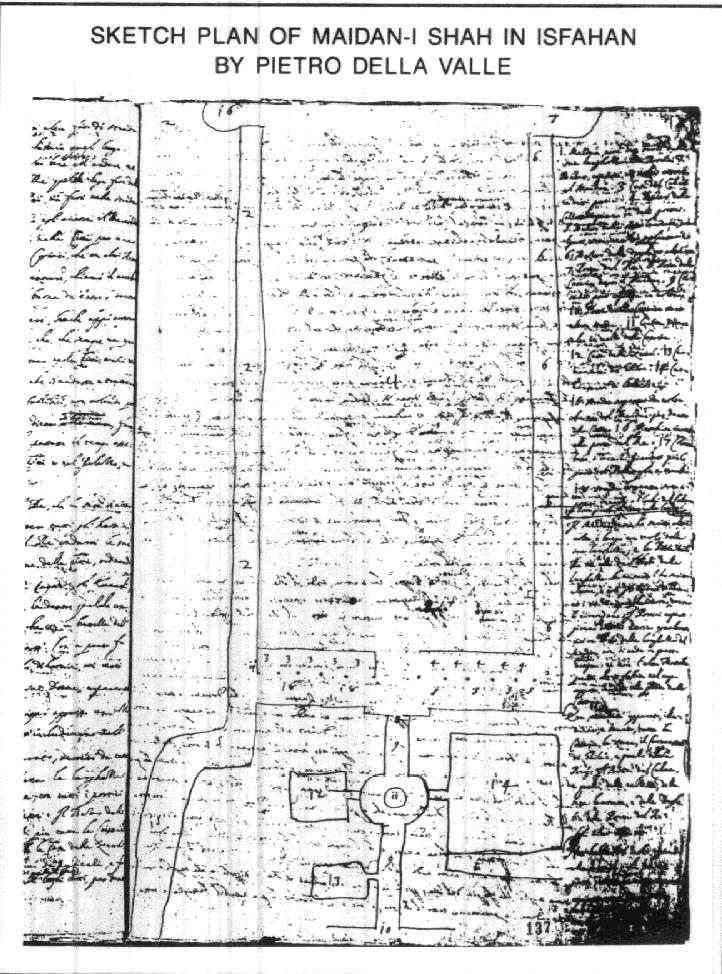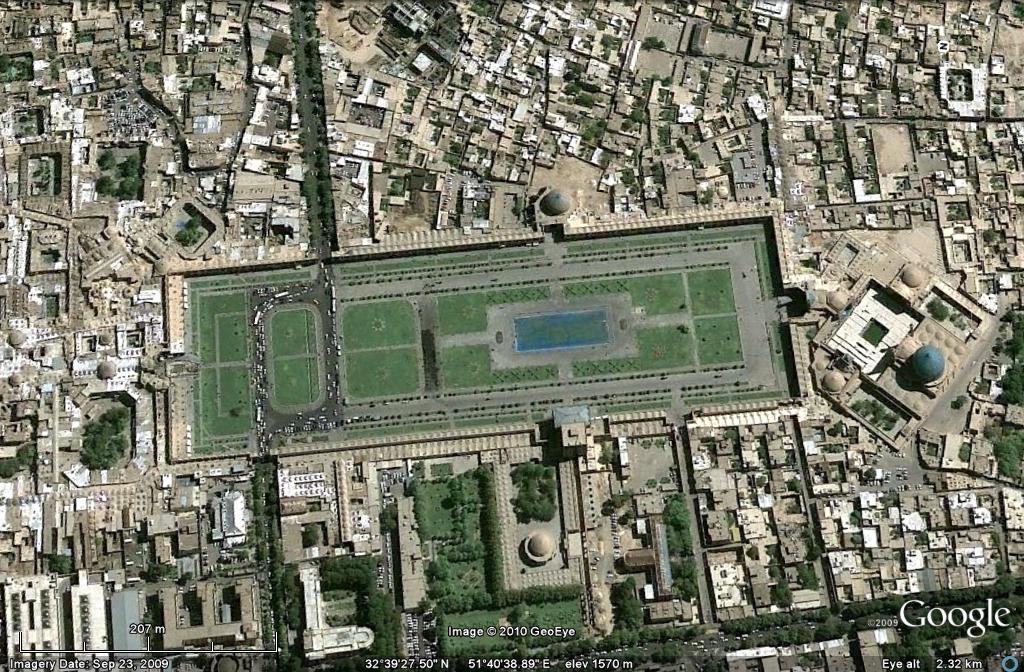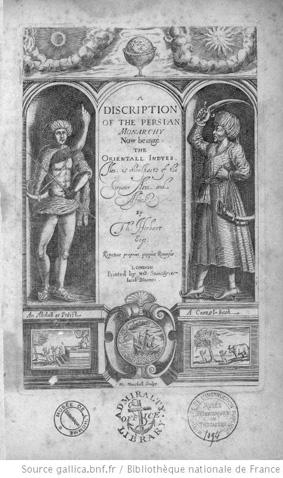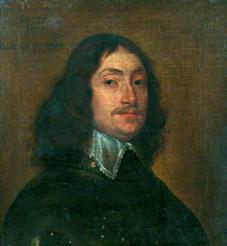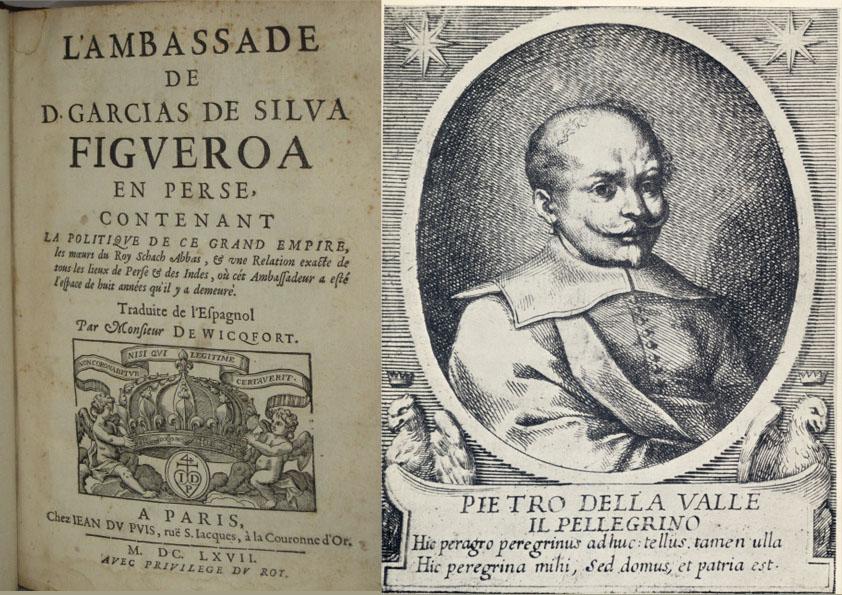Eating pearls and the lucky woodlouse for a great New Year
Percy Sykes is best known as spy, consul and military man in Eastern Persia. But, with a Persian author, Khan Bahadur Ahmad Din Khan, he also wrote a “second Haji Baba, which would serve as a true picture of Persia [in around 1900], before constitutional reform appeared on the horizon”. This book is an important …
